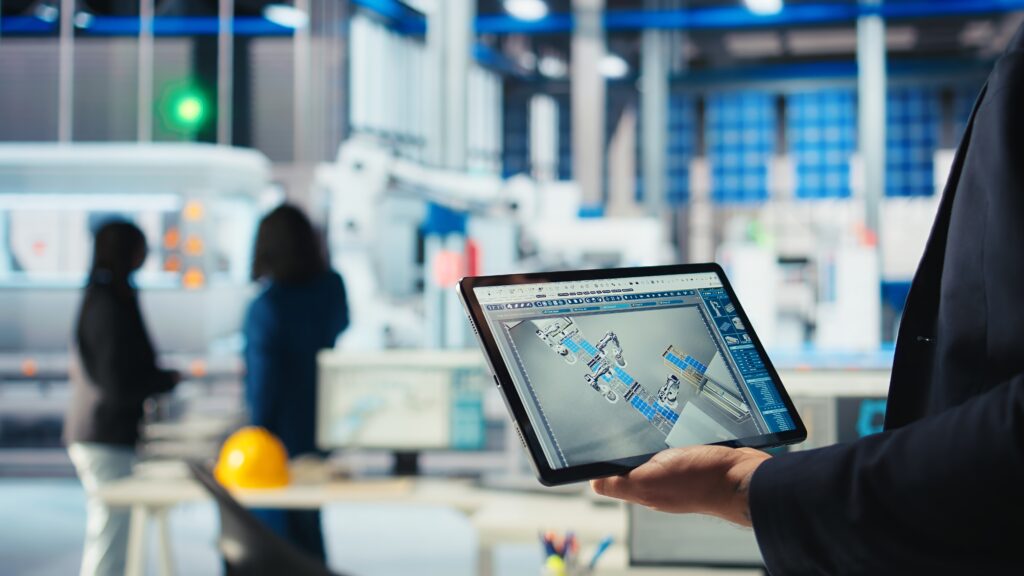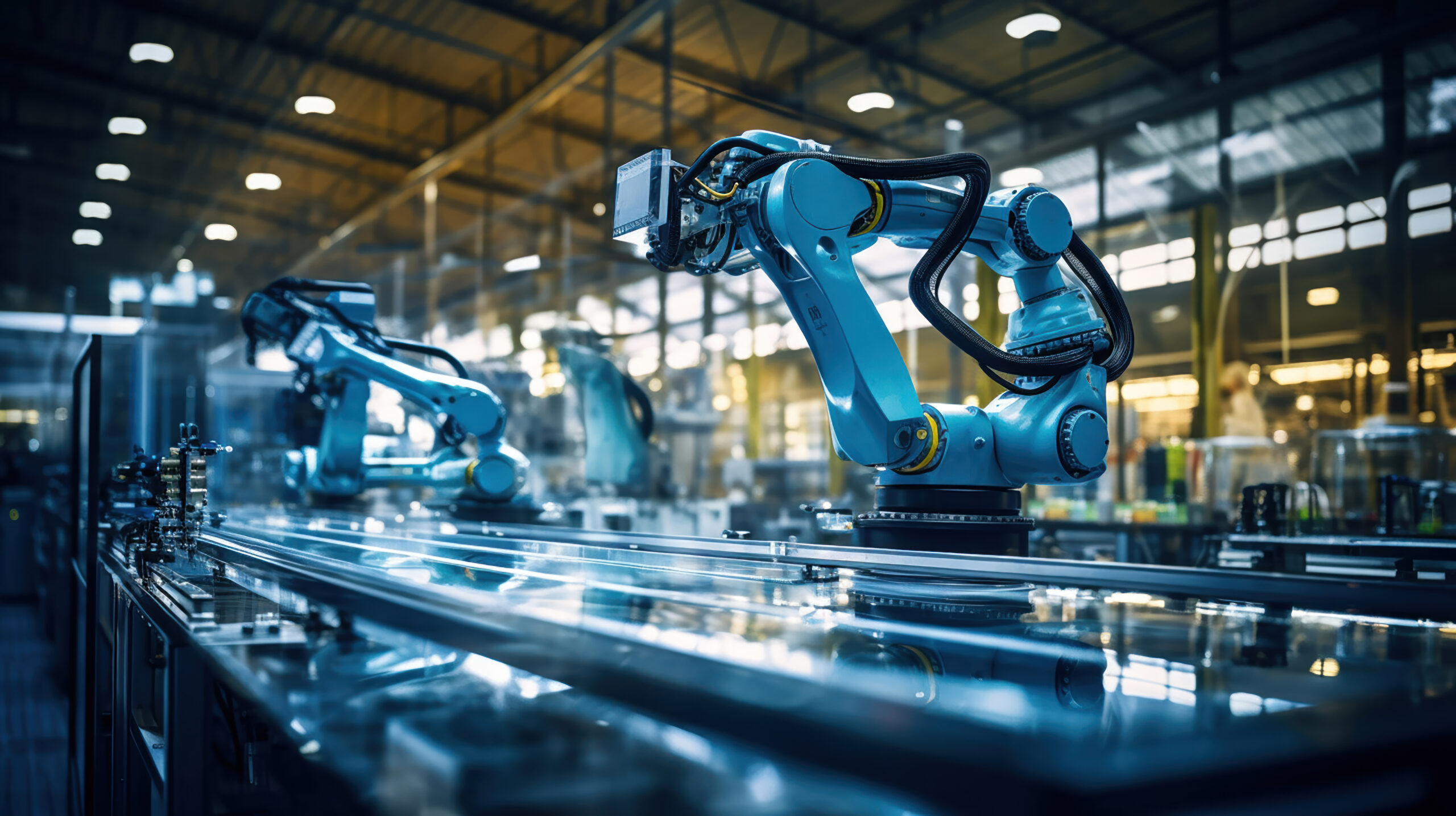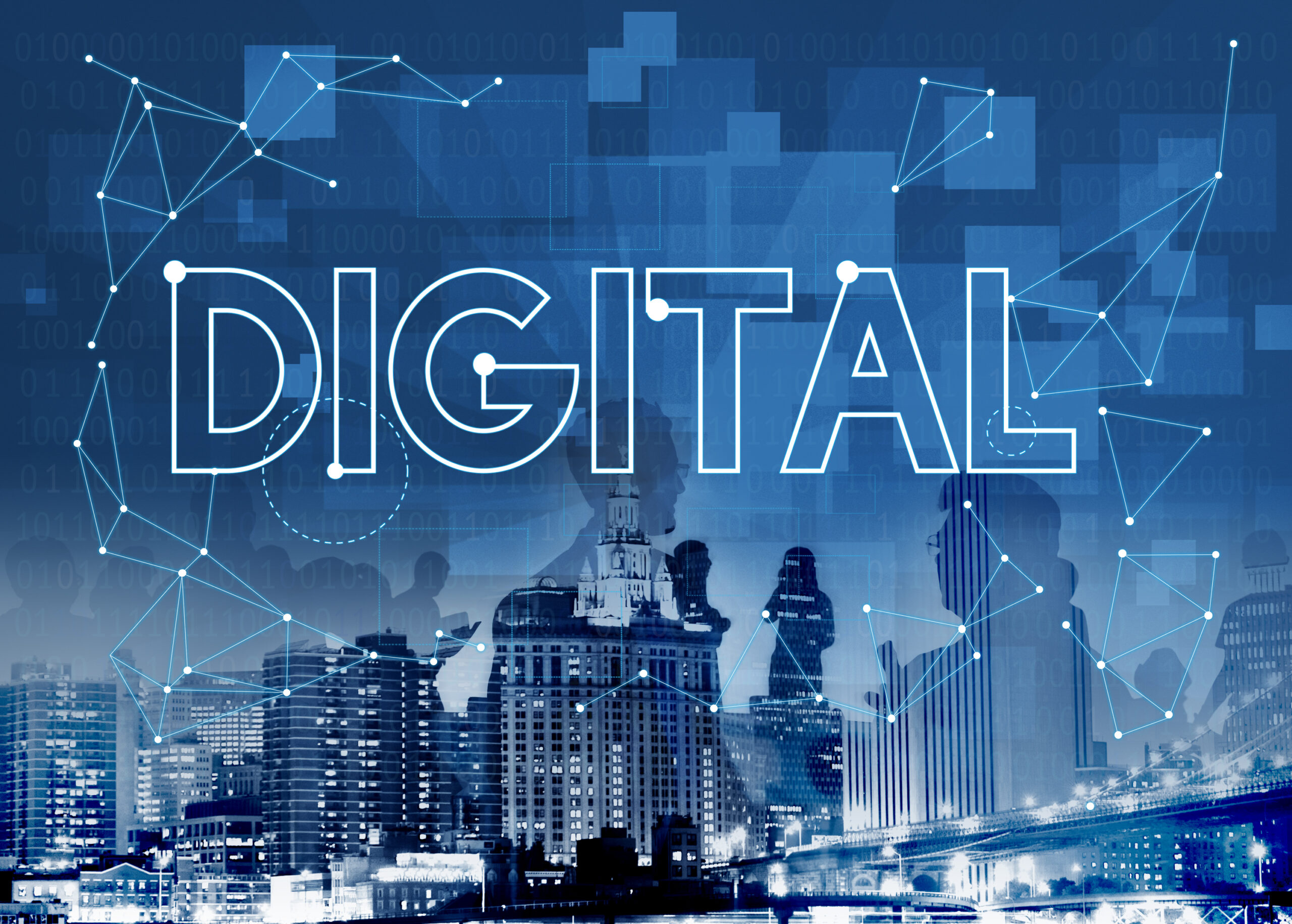Introduction
In the context of the rapidly developing digital economy, AI (Artificial Intelligence) and automation are becoming important drivers promoting the transformation of global businesses. In Vietnam, the wave of AI and automation applications is gradually taking shape, especially after the COVID-19 pandemic when the need for digital transformation has become more urgent than ever.
According to the latest report from IDC, the global AI market is expected to reach $554 billion by 2026, with a compound annual growth rate of 27%. In Vietnam, according to the Ministry of Information and Communications, about 43% of medium and large enterprises have applied AI and automation solutions to their business processes. This figure is expected to increase to 70% by 2027.

Notable AI and Automation Trends in 2025
Generative AI and Business Applications
Generative AI has exploded since the end of 2022 with the emergence of ChatGPT and continues to develop strongly with models like GPT-4, Claude, LLaMA, and Gemini. By 2025, Generative AI is no longer an emerging technology but has become an essential tool in many businesses.
Notable applications of Generative AI in businesses include:
- Large-scale marketing and communication content creation
- Automated code writing and software development
- Analysis and synthesis of legal documents and contracts
- Product design and creative idea generation
- Automated responses for customers with personalized experiences
Hyperautomation – Process Super Automation
Hyperautomation is the trend of combining multiple technologies such as RPA, AI, Machine Learning, and Process Mining to automate complex processes from end to end. According to Gartner, by 2025, the hyperautomation market is expected to reach $596.6 billion, doubling from 2022.
Instead of automating individual tasks, hyperautomation integrates intelligent solutions to:
- Detect and evaluate processes that need automation
- Automate entire processes without human intervention
- Continuously analyze and improve processes based on data
- Extend automation across departments and functions
AI in Data Analysis and Business Forecasting
AI is bringing superior data analysis capabilities, helping businesses transition from descriptive analytics to predictive and prescriptive analytics. Increasingly sophisticated machine learning algorithms can:
- Forecast market demand with higher accuracy
- Detect complex consumer patterns and trends
- Optimize pricing and promotions in real-time
- Predict risks and suggest preventive measures
- Analyze financial situations and make investment decisions
Advanced Intelligent Virtual Assistants and Chatbots
Virtual assistants and chatbots have developed significantly compared to earlier simple versions. By 2025, they have become “virtual colleagues” capable of:
- Understanding context and maintaining complex conversations
- Integrating with internal systems to comprehensively solve problems
- Communicating in multiple languages with global customers
- Performing complex tasks and work processes
- Continuously learning from interactions to improve performance

Computer Vision in Manufacturing and Quality Control
Computer Vision is revolutionizing manufacturing processes and quality control. In modern factories, this technology helps:
- Detect defective products with higher accuracy than humans
- Monitor production processes 24/7 without rest
- Automatically classify and package products
- Ensure labor safety by detecting violations
- Optimize equipment layout and workflow
Practical Applications in Various Fields
RPA Process Automation in Finance and Accounting
Robotic Process Automation (RPA) has become a leading technology in the finance-accounting sector. At many large financial organizations in Vietnam, software robots are processing:
- Electronic invoices and payment reconciliation
- Periodic financial reports and compliance
- Loan application processing and credit approval
- Fraud detection and compliance assurance
- Insurance claim processing
A major commercial bank in Vietnam has deployed RPA for 87 business processes, helping save more than 40,000 working hours annually and reducing the error rate to 0.01%.
AI in Customer Care and Marketing
AI is reshaping how businesses interact with customers through:
- 24/7 multilingual chatbots and virtual assistants
- Sentiment analysis from comments and reviews
- Content personalization and product recommendations
- Real-time optimization of marketing campaigns
- User behavior analysis to predict trends
A large retail company in Vietnam has applied AI to its customer care system, helping increase satisfaction rates by 23% and reducing request processing costs by 35%.
Factory Automation and Production Lines
Smart factories in Vietnam are applying automation and AI to:
- Optimize production processes and reduce waste
- Implement predictive maintenance to reduce downtime
- Control intelligent robots and machinery
- Manage real-time supply chains
- Automate quality control with Computer Vision
An electronic component manufacturing factory in Bac Ninh has invested in automated lines with AI, helping increase productivity by 37% and reduce the defect rate to 0.5%.
Intelligent Human Resource Management with AI
HR departments are also experiencing a revolution with AI and automation applications:
- Automated resume screening and recruitment
- Employee performance analysis based on data
- Predicting resignation trends to proactively retain talent
- Personalized training based on skills and needs
- Optimized schedule management and work assignment
Benefits and ROI from Implementing AI and Automation

Cost and Time Savings
Successful AI and automation projects have demonstrated significant ROI:
- 30-50% reduction in operating costs for automated processes
- 40-70% time savings in processing repetitive tasks
- 20-35% reduction in personnel costs for support departments
- 3-10 times faster transaction processing
Increased Accuracy and Reduced Errors
Automation and AI help eliminate human errors:
- Reducing data processing error rates to below 1%
- Ensuring 100% compliance with processes and regulations
- Consistency in service and product quality
- Improved reliability of reports and analyses
Enhanced Customer Experience
When properly implemented, AI and automation can:
- Reduce customer response time to seconds
- Provide uninterrupted 24/7 service
- Personalize experiences based on behavior and preferences
- Solve problems faster and more accurately
- Build long-term customer relationships based on data
Case Study: Successful Vietnamese Businesses
VinFast
VinFast has deployed a smart factory system with 1,200 robots and automated 90% of the production process. As a result, the company has achieved:
- 20-50% faster production cycles compared to traditional factories
- 30% reduction in energy consumption
- Improved assembly accuracy to 99.9%
FPT
FPT has developed and deployed the FPT.AI platform for over 100 businesses in Vietnam, helping:
- Reduce customer care costs by 45%
- Increase sales conversion rates by 25%
- Process over 50,000 transactions daily for banks and telecommunications companies
Challenges in Implementation
Personnel and Skills Barriers
One of the biggest challenges when implementing AI and automation is:
- Shortage of experienced AI and automation experts
- Digital skills gap in the workforce
- Concerns about job loss and resistance to change
- Difficulties in combining technology skills and business knowledge
Infrastructure and Data Challenges
Common technical issues include:
- Outdated and poorly integrated IT infrastructure
- Scattered, inconsistent, and low-quality data
- Lack of effective data governance processes
- High initial investment costs for infrastructure
Security and Ethical Issues
When implementing AI and automation, businesses face:
- Data security risks and privacy violations
- Lack of transparency in AI algorithms (“black box”)
- Ethical issues related to automated decisions
- Compliance with new AI and data regulations
Change Management Strategy
Project success depends on:
- Support from senior leadership
- Clear communication about benefits
- Training and skill enhancement for employees
- Balance between people and technology
Roadmap for Adopting AI and Automation
Steps for Assessing Needs and Capabilities
Businesses should start with:
- Assessing current digital maturity
- Identifying processes with high automation potential
- Analyzing cost-benefits and expected ROI
- Evaluating available resources and skills
Selecting Appropriate Solutions
The selection of AI and automation technology should consider:
- Size and complexity of the business
- Integration capability with existing systems
- Total cost of ownership (TCO)
- Technical support and user community
- Future scalability
Pilot Implementation and Scaling
A step-by-step approach includes:
- Starting with small, high-impact pilot projects
- Measuring results and learning from experiments
- Refining solutions before scaling
- Building a phased expansion roadmap
- Establishing a center of excellence for AI and automation
Training and Personnel Development
The human factor plays a decisive role:
- Identifying necessary skills for the automation era
- Developing internal training programs
- Recruiting talent specialized in AI and automation
- Encouraging a culture of continuous learning
- Retraining employees for new roles
Conclusion
AI and automation are no longer a distant future but have become the present reality for Vietnamese businesses. In the context of global competition and cost optimization pressure, these technologies are providing important competitive advantages for pioneering businesses.
However, success comes not only from investing in technology but also depends on the right implementation strategy. Businesses need to balance technological innovation and human development, ensuring that AI and automation become tools to enhance capabilities rather than completely replace human roles.
The year 2025 marks the time when AI and automation have matured and are ready for widespread application. Vietnamese businesses that seize this opportunity will have a favorable position in the race for digital transformation and sustainable development.





